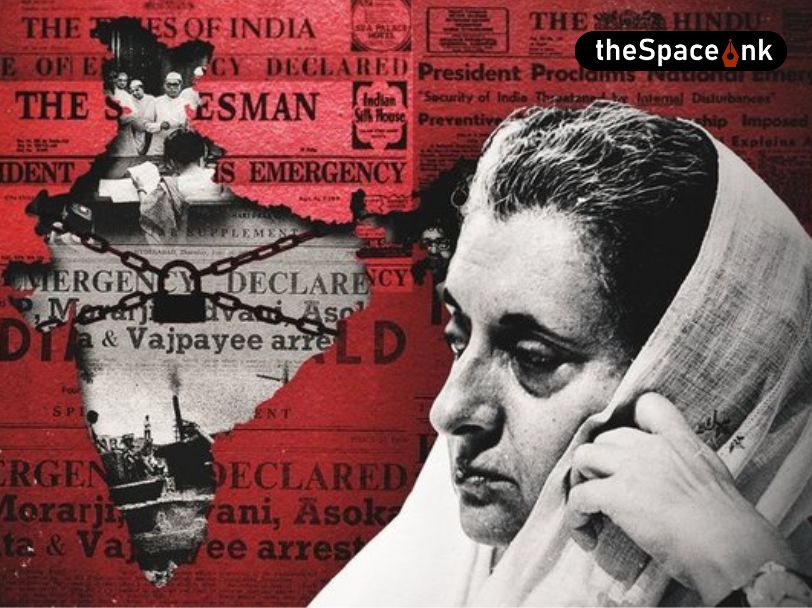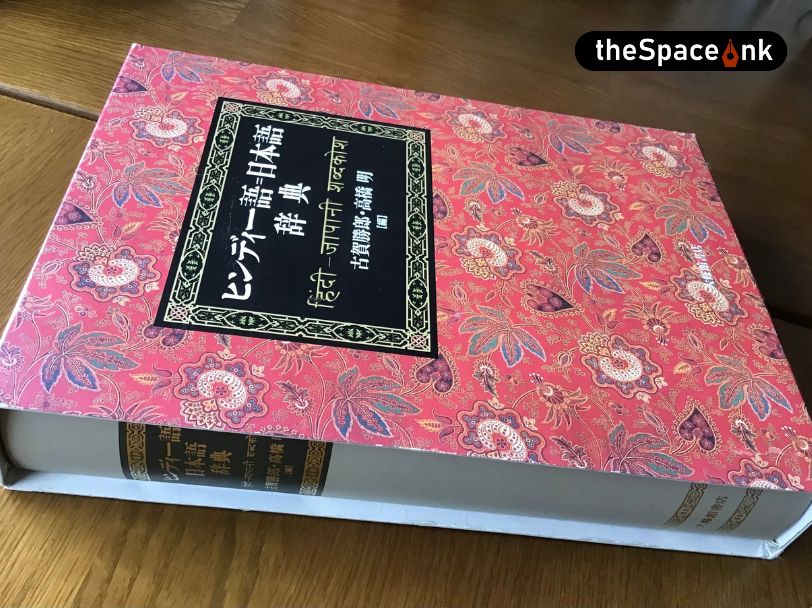In 18th century colonized India, James Augustus Hicky revolutionised how Indians received information by introducing the first printed newspaper in the country. Although Hicky’s Bengal Gazette was in circulation for only two years and was often mired in controversy, it kickstarted our printed news media industry that would have significant milestones of its own. Over 200 years later, during the late 1990s and early 2000s, the media industry underwent another revolution– digitalization. Digitalization changed how news media, primarily print media, had functioned for years– it posed a radical ‘adapt or perish’ situation to newspapers and magazines. At the same time, some perished, and most adapted. Cut to the present time, as more and more newspapers have moved online, a new culture has emerged where the public gets their daily information almost exclusively from online sources. Print media has slowly taken a backseat in the lives of the older generation and disappeared entirely from the lives of the younger generation. Yet, as a member of Gen Z and a journalism student, I prefer the dying print media over the widely accepted digital media.
It is not a secret that our generation has minimal regard for history. For most, it reminds us of a primitive time from where we progressed towards a better future. Print media is also seen as something of the past that can be left behind to move on to newer, greener pastures without even considering a look back. However, if we look back, we will find a few important reasons why it has been- and will be relevant for a long time.

In 1780, when Hicky’s Bengal Gazette was started, the newspaper became a vent for the simmering independence struggles of the country. Inspired by Hicky, early freedom fighters like Raja Rammohun Roy and Ishwar Chandra Vidyasagar started their newspapers and periodicals (Samvad Kaumudi and Somprakash) in vernacular languages. Many other newspapers were started in different parts of the country with similar goals, the chief of them was connecting geographically and linguistically distant Indians to each other and the cause of independence. These newspapers aimed to enlighten the people with facts so that their actions came from a place of knowledge and contributed to the country’s independence.
Also read: India Draws its Strength from an Anciet Tolerant Civilisation
These ventures had such a significant impact on India’s freedom struggle that the British government had to pass the Vernacular Press Act in 1878[1], which had provisions for strict censorship of vernacular newspapers. But even with such restrictive hurdles, vernacular and English newspapers played a major part in securing the freedom from colonialism that India enjoys now. After Independence, the press made an unsaid promise to safeguard the freedom and rights attained with such difficulties. It became a protector of the democratic rights of the citizens in the country and kept a check on the overstepping of the different organs of power. It has been called the fourth pillar of democracy, after the legislative, executive, and judiciary.
Over the years, the press of India has maintained this role as the watchdog of democracy. In 1975, when the Prime Minister of the country, Indira Gandhi, declared a National Emergency, the freedom of the press was severely curtailed, and newspaper organizations were ransacked. What could or could not be published in newspapers was entirely up to the executive [2]. The Times of India and The Statesman published blank editorial pages to show the lack of freedom in the country. The Bofors Scandal would not have been known to the public had The Hindu not done an expose on the deal, publishing incriminating evidence to back their claims [3].

This is where print media deviates from digital media. The most significant positive and negative point about digital media is how information gets delivered to the public. News gets stale much faster in digital media than in print media. There is a need for supplying endless information to those who can access digital resources and news is updated every minute to satisfy them. Publishing hard news on digital media is often a race of timeliness. The verifiability of the facts and information published is often compromised to keep up with the breakneck speed. The goal is to send out the information as the earliest- as incorrect or sensationally exaggerated facts can be edited and corrected even after publishing. There will be no record of the wrong information published previously.
But what if the wrong information, for however long it is up in the public domain, negatively affects a group of people? What if it incites, terrorizes, prejudices, deliberately hides, or misinforms some? An instance of any one of these happening is a sharp blow to the primary motto on which the Indian press was established.
As data connections and smartphones have become cheaper in the country, many people have been served the power to ‘make’ news, suit their own needs and desires, and deliver it to the world. This rise in citizen journalism points to the decentralization of news dissemination. While it is often a sign of the growth of society, I do not believe our country is ready for it.
Many people need to learn or care about the consequences of putting wrong information disguised as facts in the public domain, especially if particular ideas or agendas drive them. Many can argue that the print media industry is owned mainly by private players- and it is slowly moving towards a monopoly- which does affect what news can or cannot be covered. Even if a piece of certain news is covered, there is a significant loss of neutrality in its coverage.

Yet, even with the threat of bias looming, print media remains a more reliable news source than digital media. A lot more fact-checking and verification are done before the newspaper goes to print. Print media is the first to be held accountable and answerable if it is ever found to participate in intentionally delivering false information.
Not only in India but the United States of America also believes print media to be a carrier of more reliable information than audio-visual or digital media. According to the Disinformation in Society Report from the Institute for Public Relations, Americans believe newspaper journalists are the least-biased and most reliable news source.
This legitimacy of the print media industry has allowed it to persevere over so many years. It has been facing obsoletion since the inception of digital media, and its circulation was severely affected due to the pandemic, but it has still managed to thrive.
It will be wrong to say that the print media industry does not face stiff competition from other forms of media. Readership and subscription to physical newspapers have declined considerably. But as long as it keeps delivering unbiased news to readers for the sole purpose of educating them, it is not under threat of being replaced entirely by any other news source any time soon.
Images courtesy: Alamy, Wikimedia Commons.
Notes:
- Vernacular Press Act- in British India, this law was enacted in 1878 to curtail the freedom of the Indian-language (i.e., non-English) press.
- Emergency- imposed on June 25, 1975 by erstwhile Prime Minister Indira Gandhi.
- Bofors scam- a political scandal implicating several members of the Indian National Congress and the Gandhi family.






